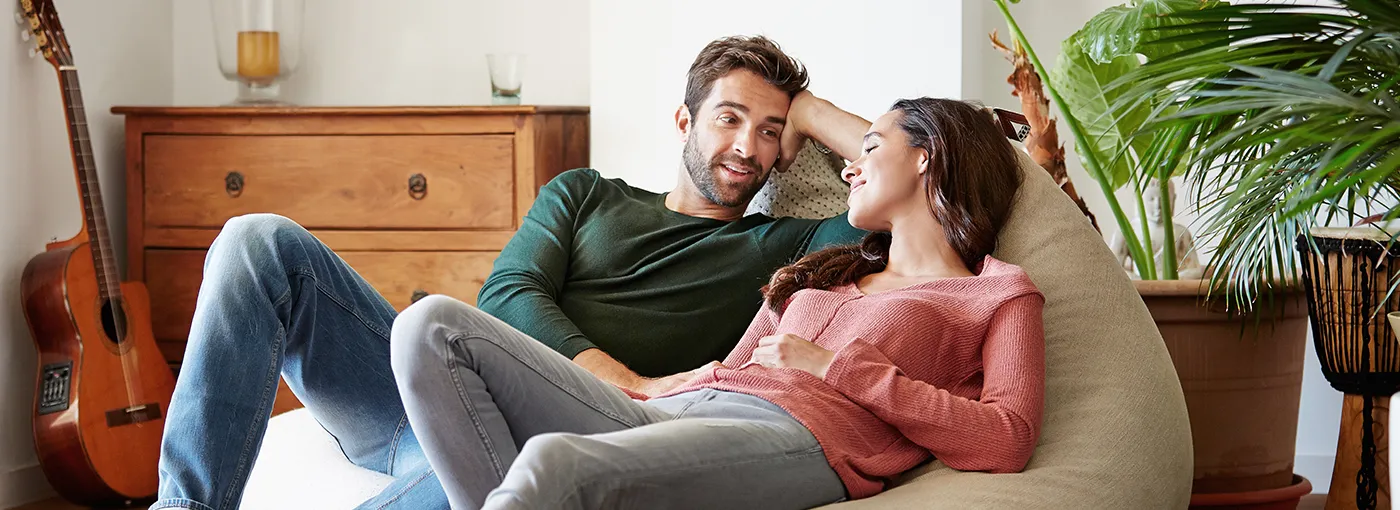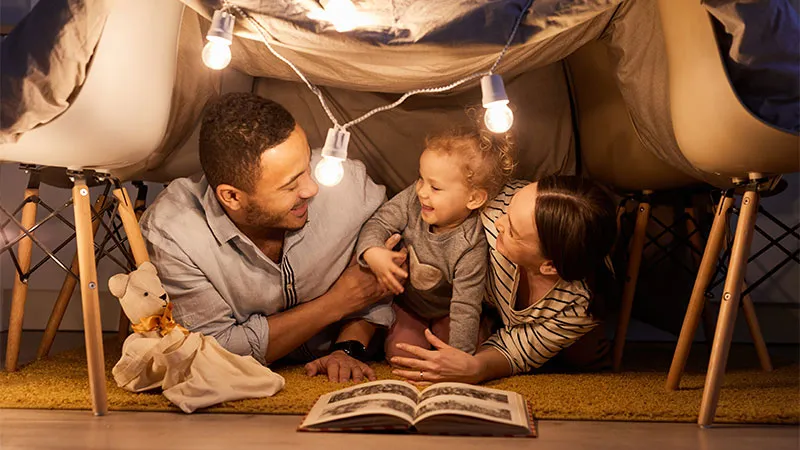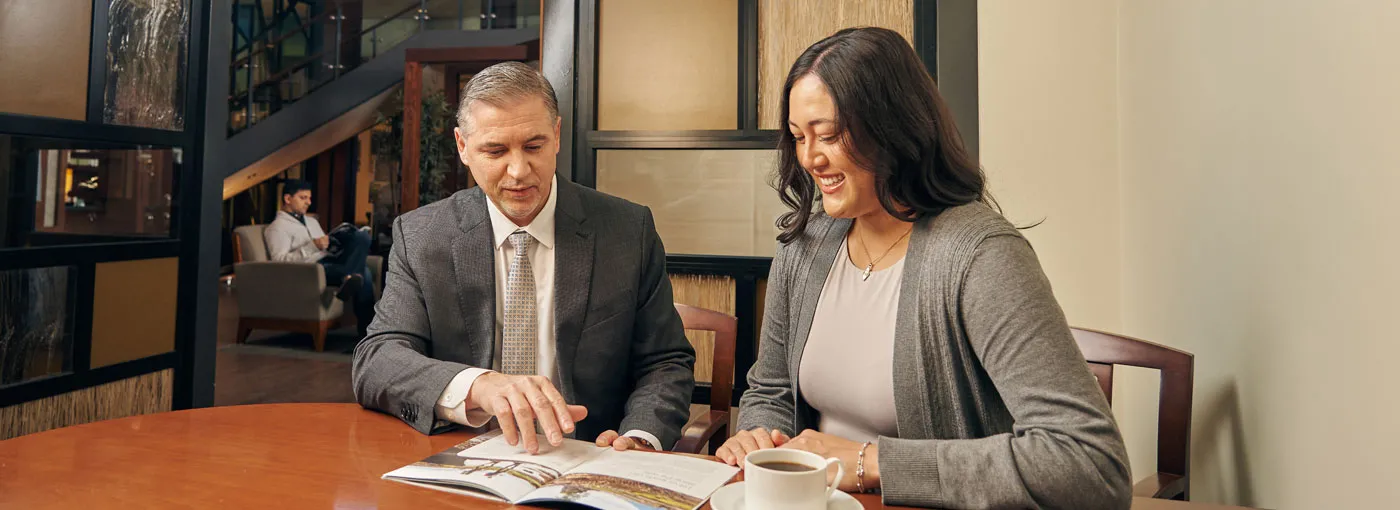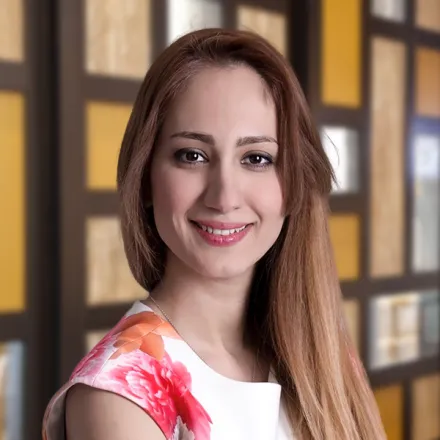

Before checking out real estate listings and open houses, you’ll need to have a down payment on hand – or at least be on the path to having enough saved for one. Ideally you’ll need to have 20% of the purchase price readily available in order to avoid having to pay for mortgage insurance. Even if you do need to go with mortgage insurance, the high cost of housing across our region makes any down payment a challenge.
Start planning and saving now
Research things first – figure out how much you will need for a home purchase and what you can afford. Real estate listing sites can help you in uncovering the first part. And a helpful tool like our mortgage calculator can help you determine what you can afford and what you’ll need to get to your goal.
Create a budget and stick to it, setting aside an amount toward your down payment on a regular basis – weekly, monthly or each pay period, for example. Setting up regular automatic transfers into a savings plan will help you get there without much disruption to your daily life. If you’d like help setting this up or deciding which savings or investment products to use, contact us.
Furthermore, you should also put tax refunds, work bonuses or any extra money that comes into your hands into your home savings fund. Make your down payment a priority and work diligently toward it.
Open a First Home Savings Account (FHSA)
So where should you put those funds? Something new to consider is the recently introduced First Home Savings Account (FHSA) – a new financial product that offers Canadian residents a tax-sheltered way to save for a first home purchase through a registered savings plan. The FHSA functions similar to the way an RRSP or TFSA does. The plan allows up to $8,000 in tax-deductible contributions per year to a maximum $40,000 lifetime tax-deductible contribution limit over 15 years of tax-free savings.
Achieve your home ownership dreams
Save for your first home with the First Home Savings Bundle.
- 3.00% annual interest on an FHSA
- Bonus rates on term deposits
- New client welcome bonus of up to $800
- Everyday banking essentials to fit your needs

Explore the Home Buyers’ Plan
If you have an RRSP, the Home Buyers’ Plan is a good option to investigate. The plan allows you to withdraw up to $60,000 from your RRSP to put toward your down payment without having it considered as taxable income. The money withdrawn is viewed as a “loan” from your RRSP. You will have to replace it within 15 years (with a 5-year extended grace period depending on when you took out the funds – as per changes made in 2024). Ask us what this might look like for you.
Hurray for the TFSA
And of course, you’d be remiss if you missed out on one of the most flexible and tax-efficient savings vehicles available in Canada. A Tax-Free Savings Account (TFSA) can hold several types of investments, with the potential of tax-free growth for your savings. You can withdraw funds at any time and use them for any purpose – including a first-home down payment.
Contributions are not tax deductible and there are contribution limits, though. For Canadian residents aged 18 or older, the 2024 contribution room for a TFSA is $7,000 for the calendar year, with up to $95,000 in total cumulative contribution from 2009 when the TFSA was introduced. Ask us about using a TFSA for a down payment today.
Get your credit in check
Having good credit and managing debt matters when it comes to buying a home. If you have any significant amount of debt, be sure to make that a priority. This is often a concern for many younger would-be home owners. You’ll want to pay off any outstanding high-interest debt such as credit cards before starting your home savings plan.
Banking on parental support?
Sometimes, you just need a little help from the folks. When you consider that you’ll need $150,000 on hand for a 20% down payment on a $600,000 condo, that’s not so easy to achieve on your own. Many first-time buyers in BC and across Canada are getting at least some help from their parents – normally anywhere between 25%-50% of the down payment.
If you do expect to have help from your parents there are a several options. The most direct is if they gift you the funds outright. They will have to complete a gift letter for you and the lender’s records for that option. Another is to have them loan you the funds. For this one, you should consult with a lawyer to weigh the pros and cons and terms of the loan.
Whichever way you opt, make sure you’ve had an open and honest conversation about the funds and how they will be used before any money is exchanged. Having an agreement in place up front will go a long way in alleviating any issues in the future.

Need more help? Ask us!
Saving for and buying your first home can be stressful and challenging. But you need not go at it on your own. BlueShore Financial offers a wealth of home ownership and mortgage advice and support to help you step up and unlock the door to your first home. Reach out to us today to discuss making your home ownership dream a reality.

Have a question? Ask an expert
Ronak Yazd Financial AdvisorMutual Funds Investment Specialist
Our team of experienced professionals are here to answer any questions you may have.